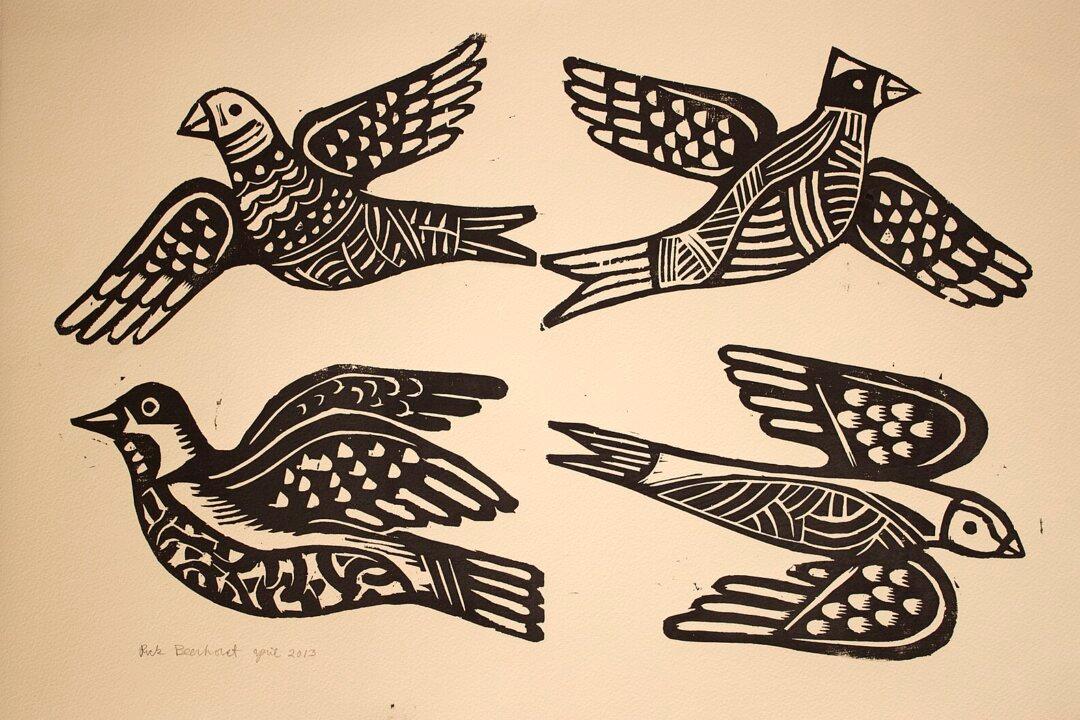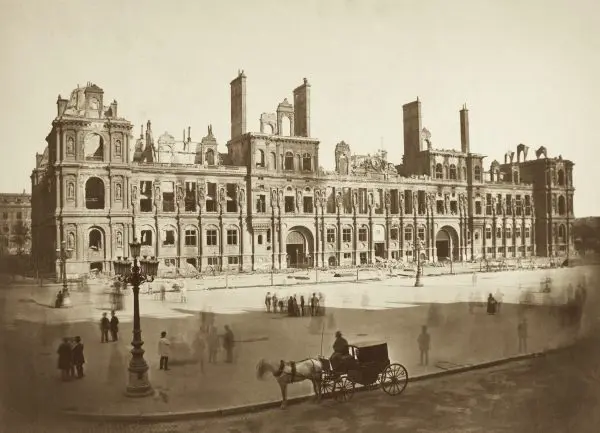When life’s tempests overwhelm the heart, what enables us to endure? How do we keep going? The 19th-century American poet Emily Dickinson addressed this question in a poem called “‘Hope’ is the thing with feathers.”
There are many reasons that Dickinson needed to cultivate hope. She was born in 1830 in Amherst, Massachusetts, and attended one year of college. Later in life, Dickinson famously became a hermit on her family’s homestead, shunning interactions with others. Some have attributed this to mental illness.






